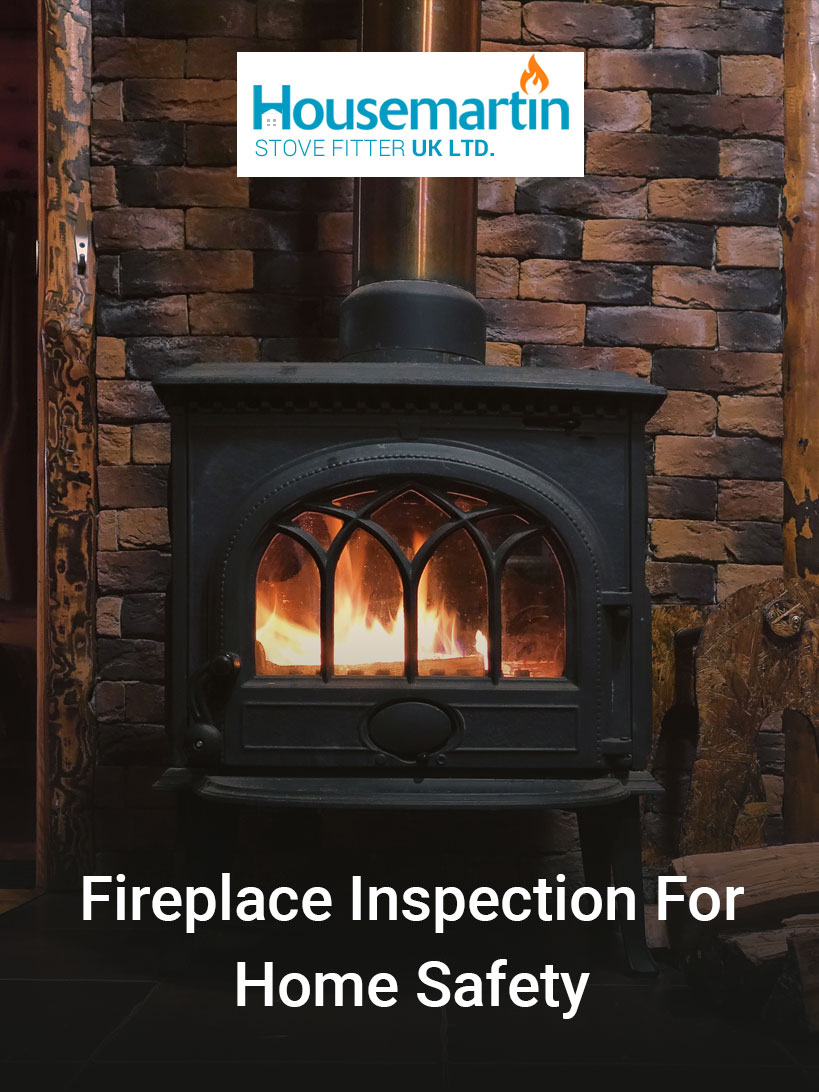Table of Content
Before you attempt to clean your chimney, you’ll need to perform an inspection. Start at the bottom, by cleaning all the ash out of the fireplace and removing any andirons or grates. You’ll need to look up the flue, so put on goggles and a dust mask.
That’s why it’s important to schedule a fireplace inspection every one to two years . What it covers depends on the level of fireplace inspection requested. If you use your fireplace frequently, you may need to clean it more frequently.
Fireplace Inspection: How Do You Inspect a Fireplace
The average cost of a chimney inspection and cleaning is $400 to $500. A fireplace inspection may detect structural issues, such as cracks in the flue or chimney cap, damaged mortar, deteriorating brickwork, or a smoke chamber that has holes or gaps. Any of these could progress to a chimney crumbling and falling apart. A chimney sweep cleans the firebox, damper, flue, smoke chamber, and smoke shelf of your fireplace.

Creosote is a leading cause of chimney fires and can also cause a variety of health problems, ranging from skin irritation to increased cancer risk. A Level 1 inspection is the bare minimum and is usually recommended when usage, service, materials burned, and the parts themselves have not changed. The National Fire Prevention Association says that a fireplace should be checked and cleaned once a year. Structural damage to the hearth could come in the form of the floor sagging away.
Step 2: Scrub the Creosote
From the farm he went to work at a classic car dealer, repairing and servicing Rolls Royces, Bentleys, and Jaguars. Today, when he's not testing tools or writing for Popular Mechanics, he's busy keeping up with the projects at his old farmhouse in eastern Pennsylvania. Wait ten to fifteen minutes to let dust settle, before opening up the fireplace. Remove the plastic slowly, rolling it up into a ball as you go—being sure to keep the dirty side of the plastic on the inside of the ball. Gently scoop up the debris in the fireplace with a dustpan and try to avoid stirring up dust. When you have it as scooped out as clean as possible, use a vacuum to get the fine dust.
A home inspection is not a legal document that can be used for divorce or estate settlements, nor can it be used to secure loans or mortgages. This inspection is more comprehensive, using equipment such as a camera to fully inspect the inside of your chimney. The inspector may also inspect your attic, crawl space, or basement.
Best Chimney & Fireplace Inspection near you
Settlement issues prevent a fireplace from being usable with appliances. You need an emergency fireplace inspection If anything in your home vents out through the chimney and you notice any structural damage. Many issues could arise as a result of inadequate fireplace and chimney maintenance. Below is a list of some examples to give you an idea of why it is important to have your chimney regularly inspected and serviced. If you use yours frequently, the flue could be clogged with buildup and soot.
Any shifting of the cap can also make an opening for wetness or wild creatures. After making sure that the chimney is going to be adequate for your furnace, the next most important thing to look at is the space where the furnace will go. The oil burning side of the furnace is not going to require much space. Wood stoves and furnaces, however, must have plenty of space as they can rise to extreme temperatures. Installing a combination furnace will require at least 3 to 6 feet of clearance around the furnace to protect the home from fire.
Otherwise, this activity is only limited to the readily accessible parts of your chimney. A real estate transaction may be terminated because of fireplace damage. Many home sellers list their properties without knowing that they need maintenance. Not all damage is easily visible, and a structural repair could cost $20,000 or more.
However, if you have an extensive amount of damage to your fireplace, inspection prices can reach up to $5,000. Not everyone is suited for the job when it comes to chimney inspection. Not you, not your friends (especially when they aren’t chimney experts), not an HVAC technician, and neither should a home inspector or roofer be called for this. Additional areas checked include the thickness of fireplace walls, the connection between fireplace and chimney, smoke chamber clearance, and smoke chamber wall thickness.
Using dry wood can also help prevent the build-up of harmful substances in your fireplace. The firebox is the bottom part of the fireplace where you place the fuel. Keeping this area clean by regularly removing old ashes, debris, and other items is essential. The certified professional will likely need to disassemble your fireplace to access all the areas with potential problems.

Actually, many home sales fall through after a fireplace inspection because the unexpected house repairs carry a $20,000-plus bill. Many issues that surface because of an inadequately maintained fireplace or chimney are built-up over time. Creosote accumulation which poses serious health risks is a good example of that. An inspection is important for a newer fireplace but it is crucial for a unit in an older home. An unsafe fireplace or chimney is a serious cause for concern and, therefore, you should be aware of the condition before it’s too late.

No comments:
Post a Comment